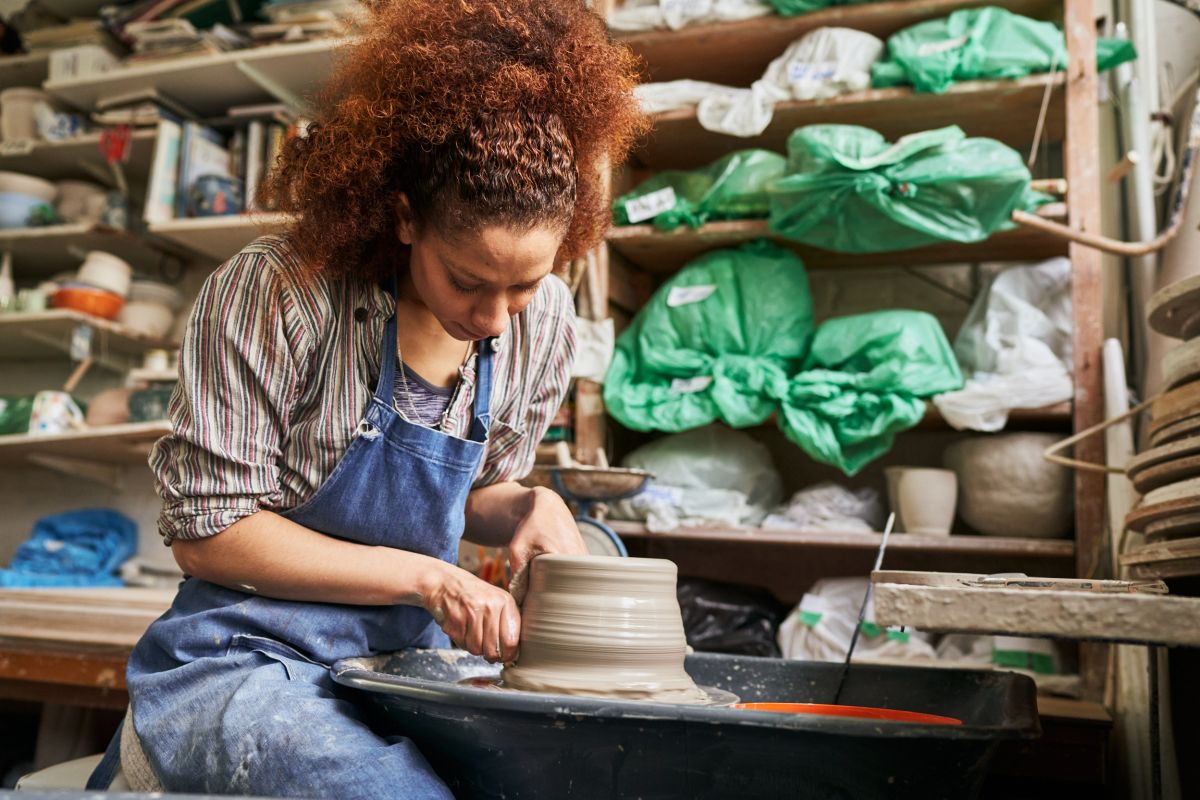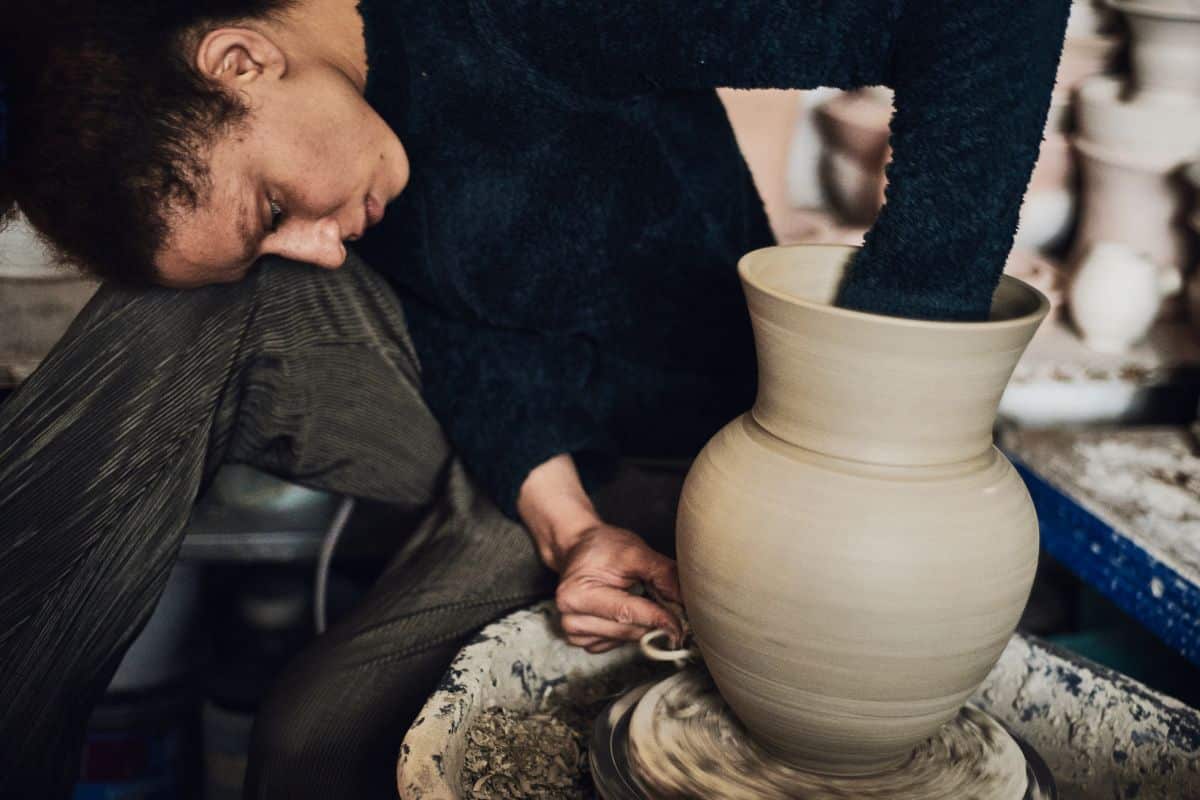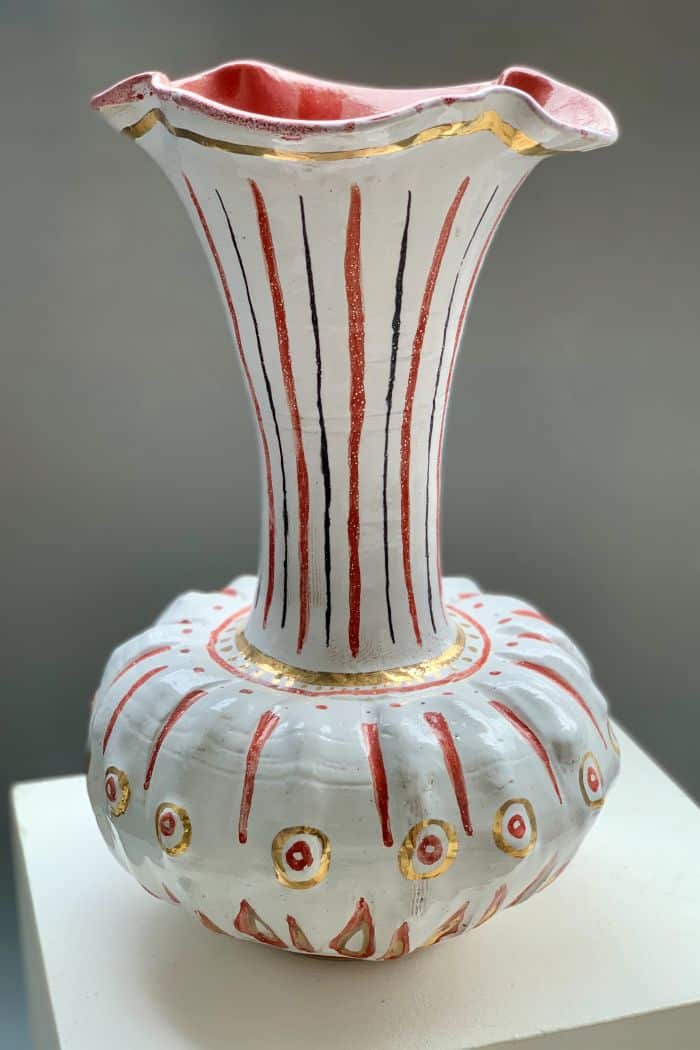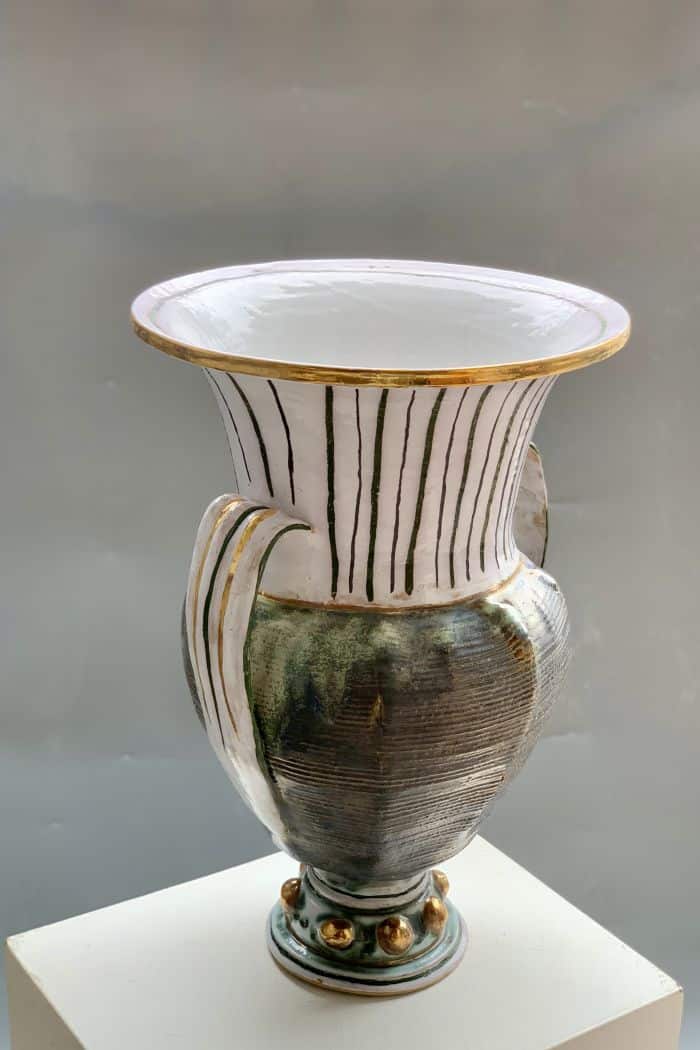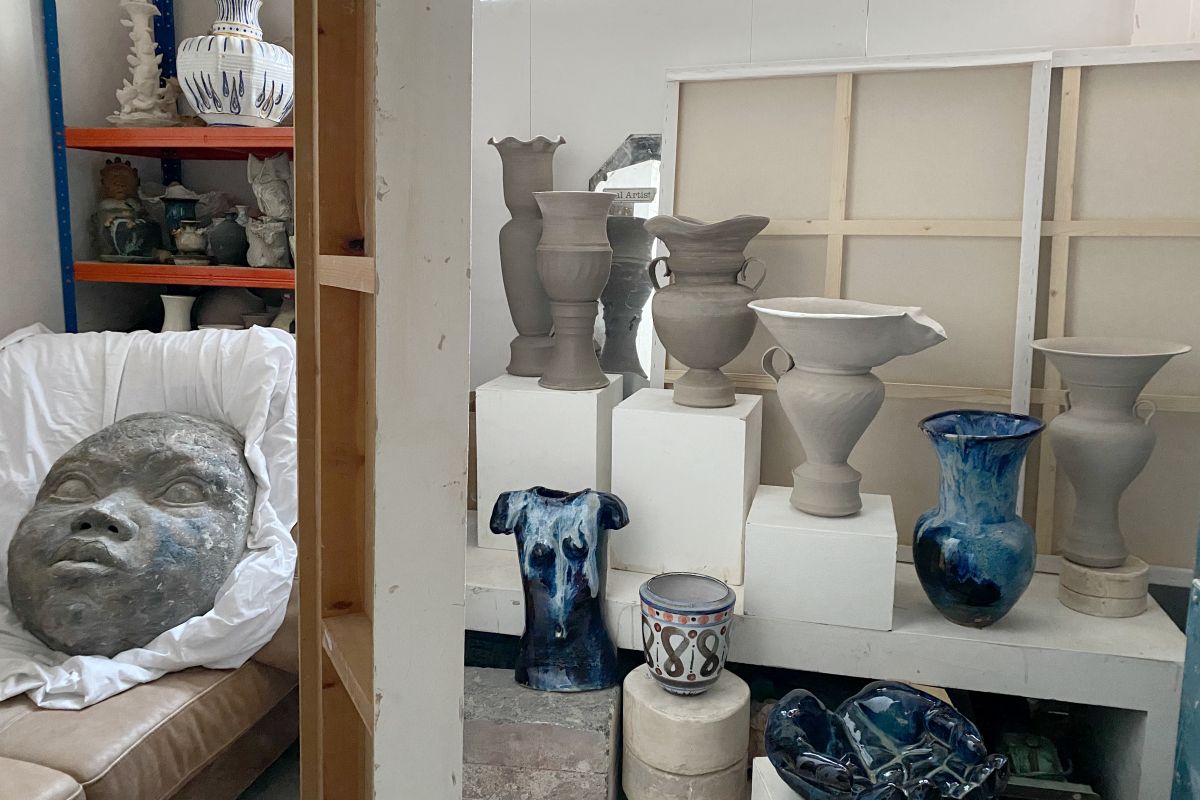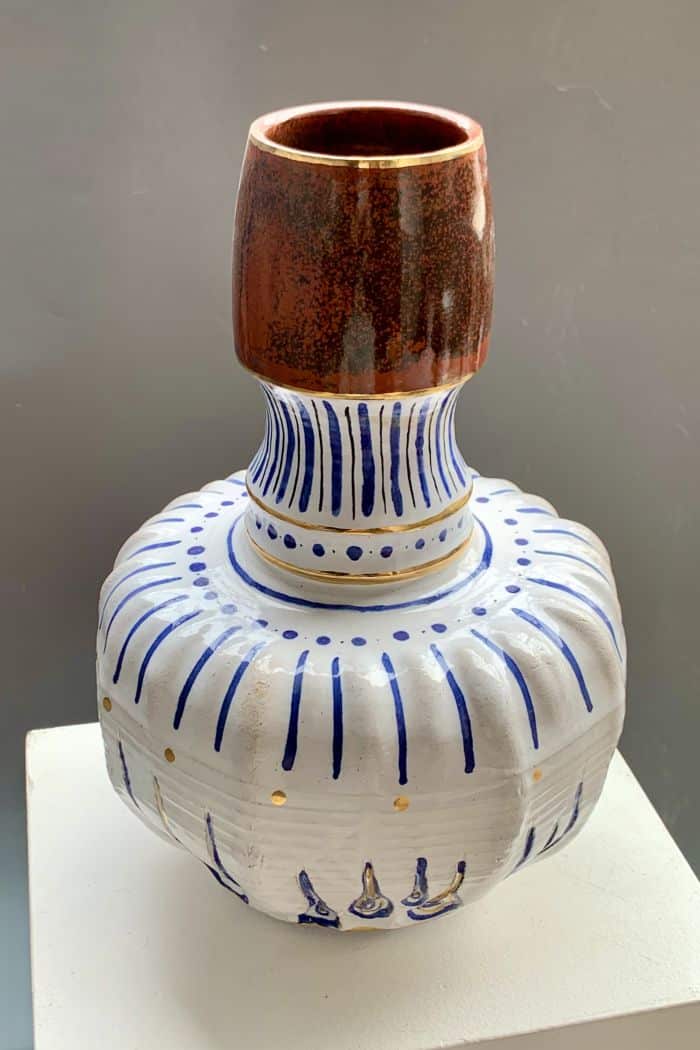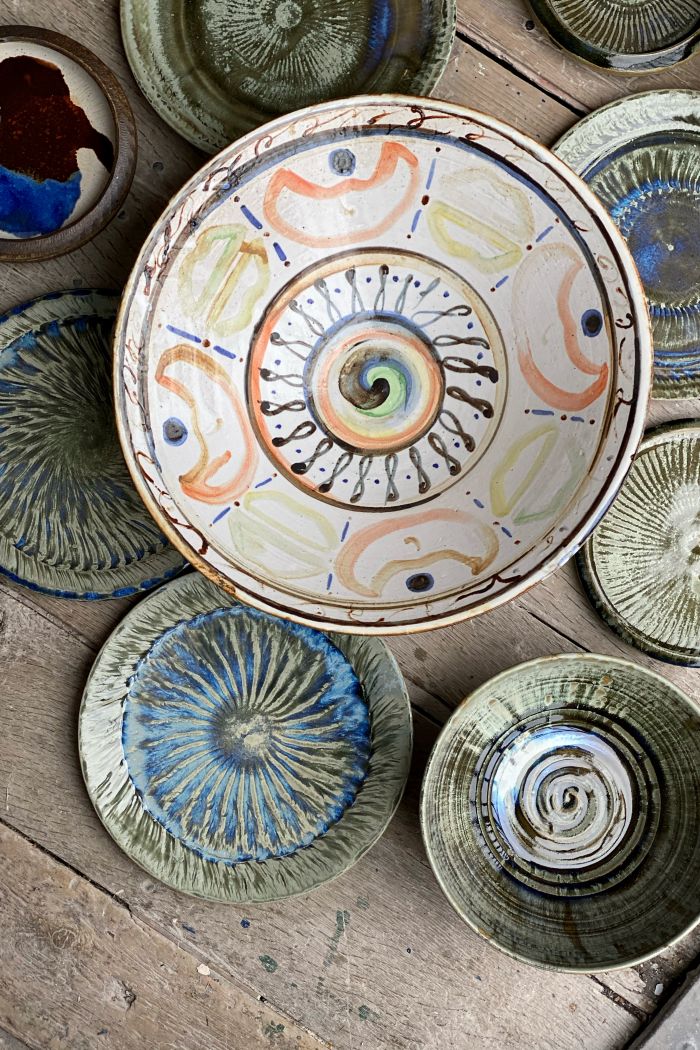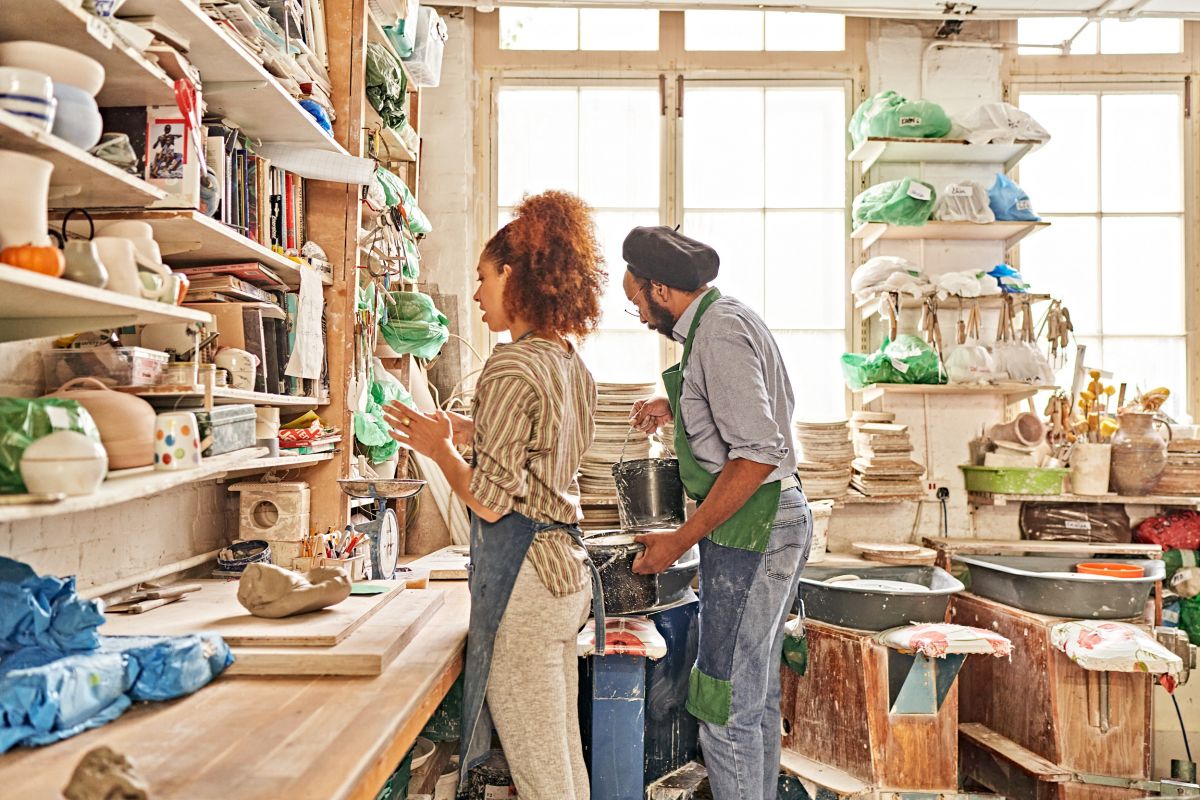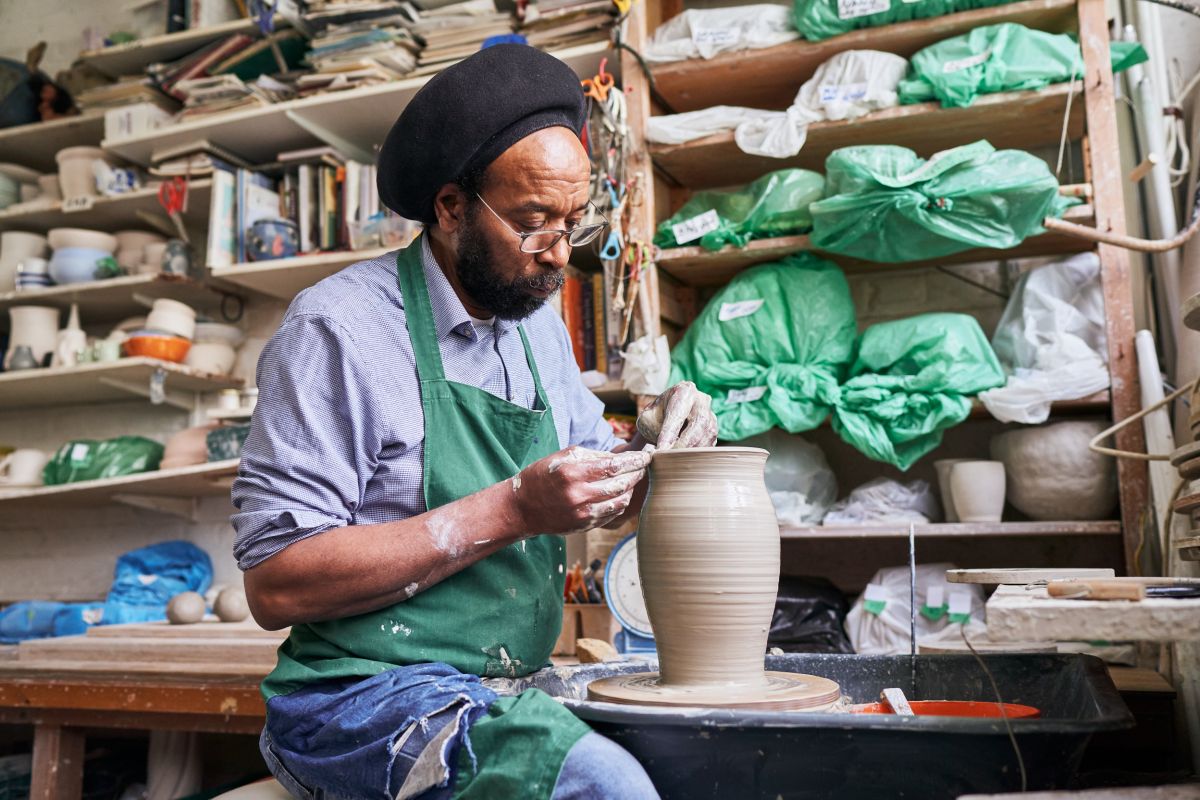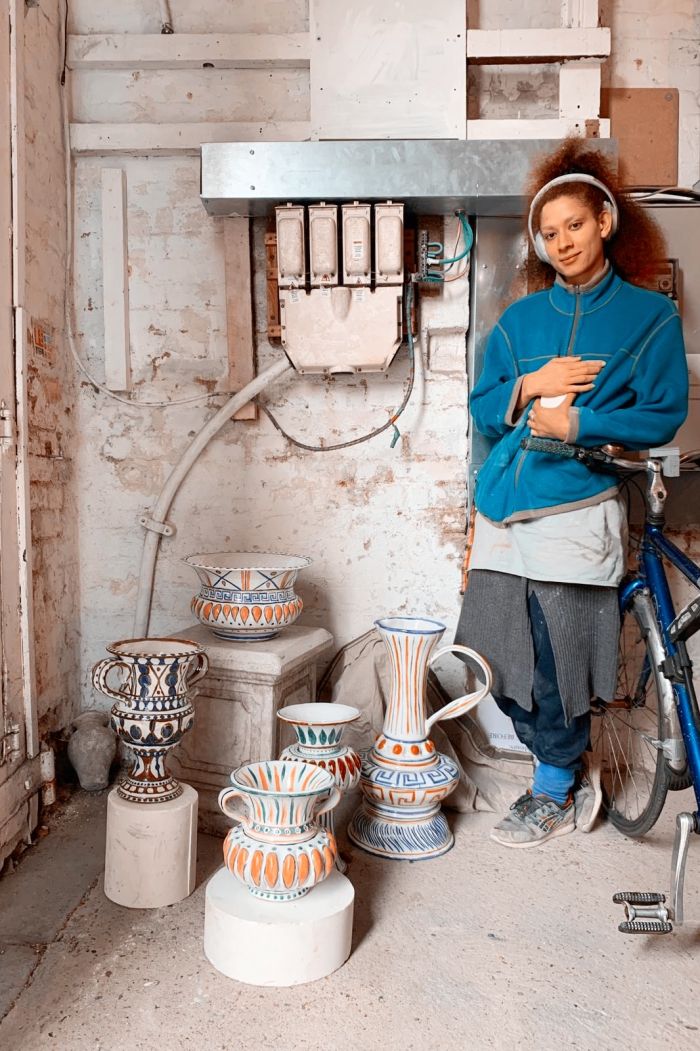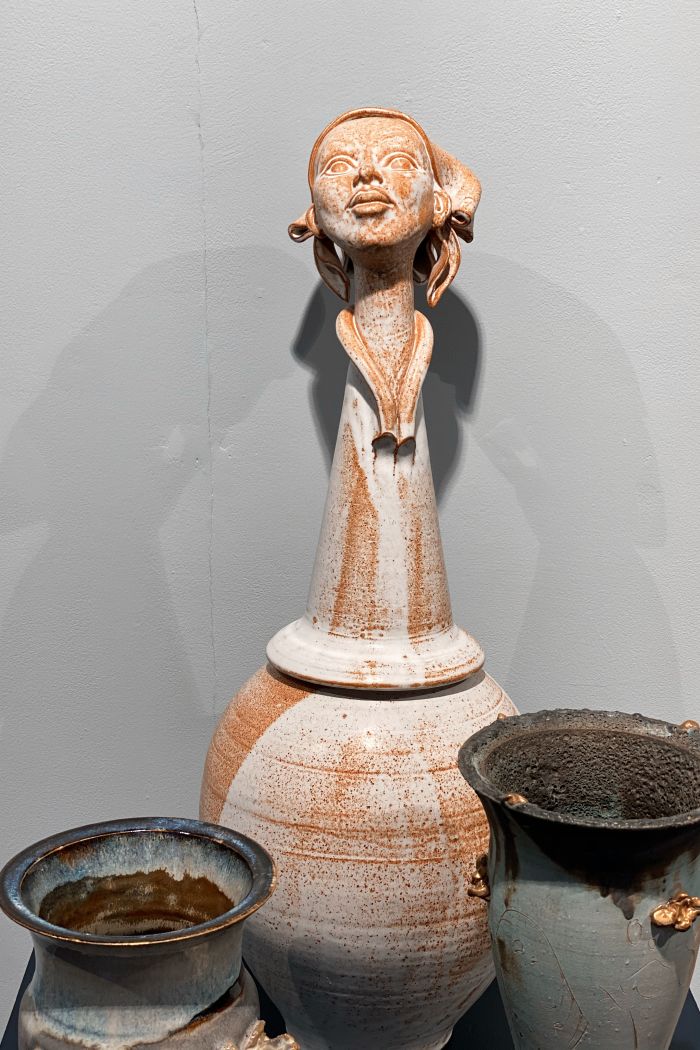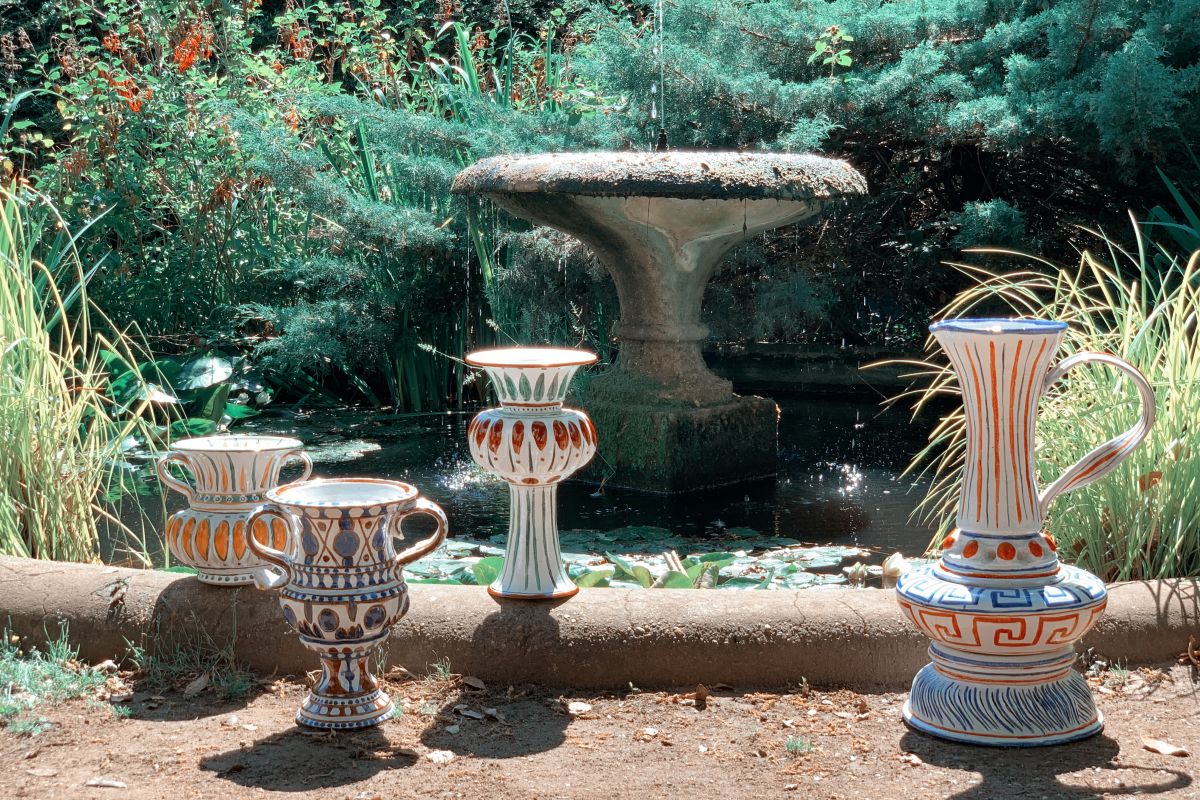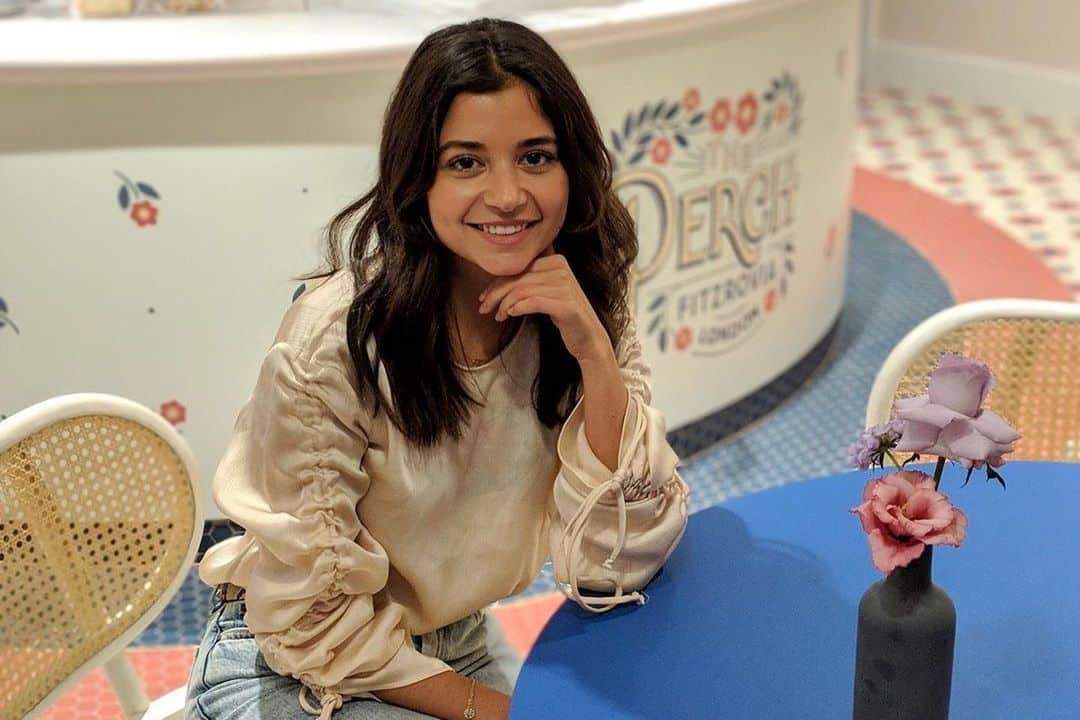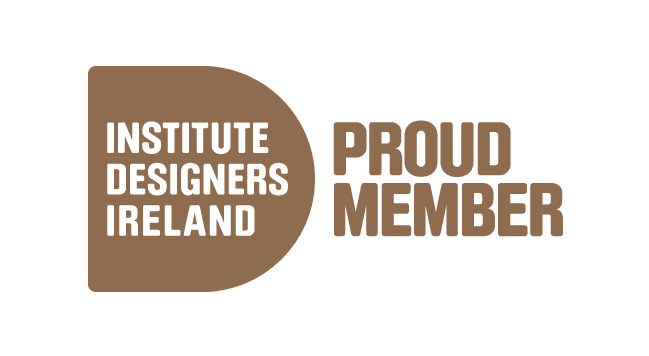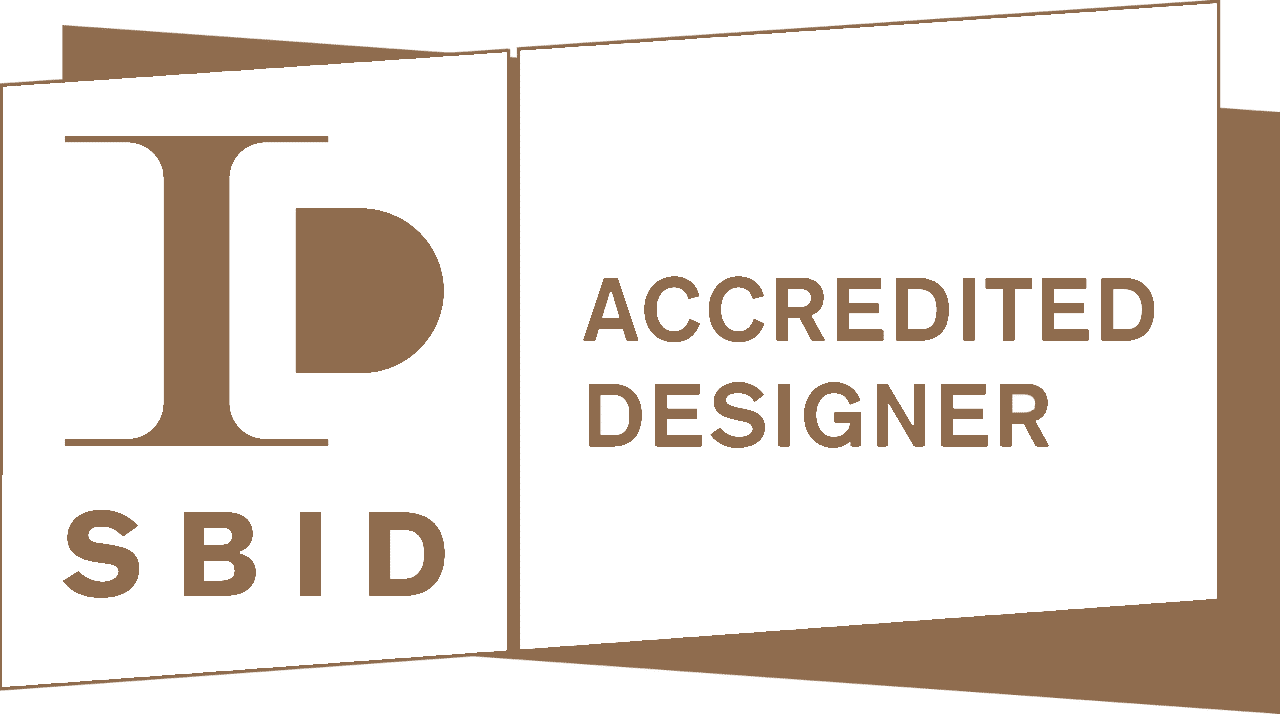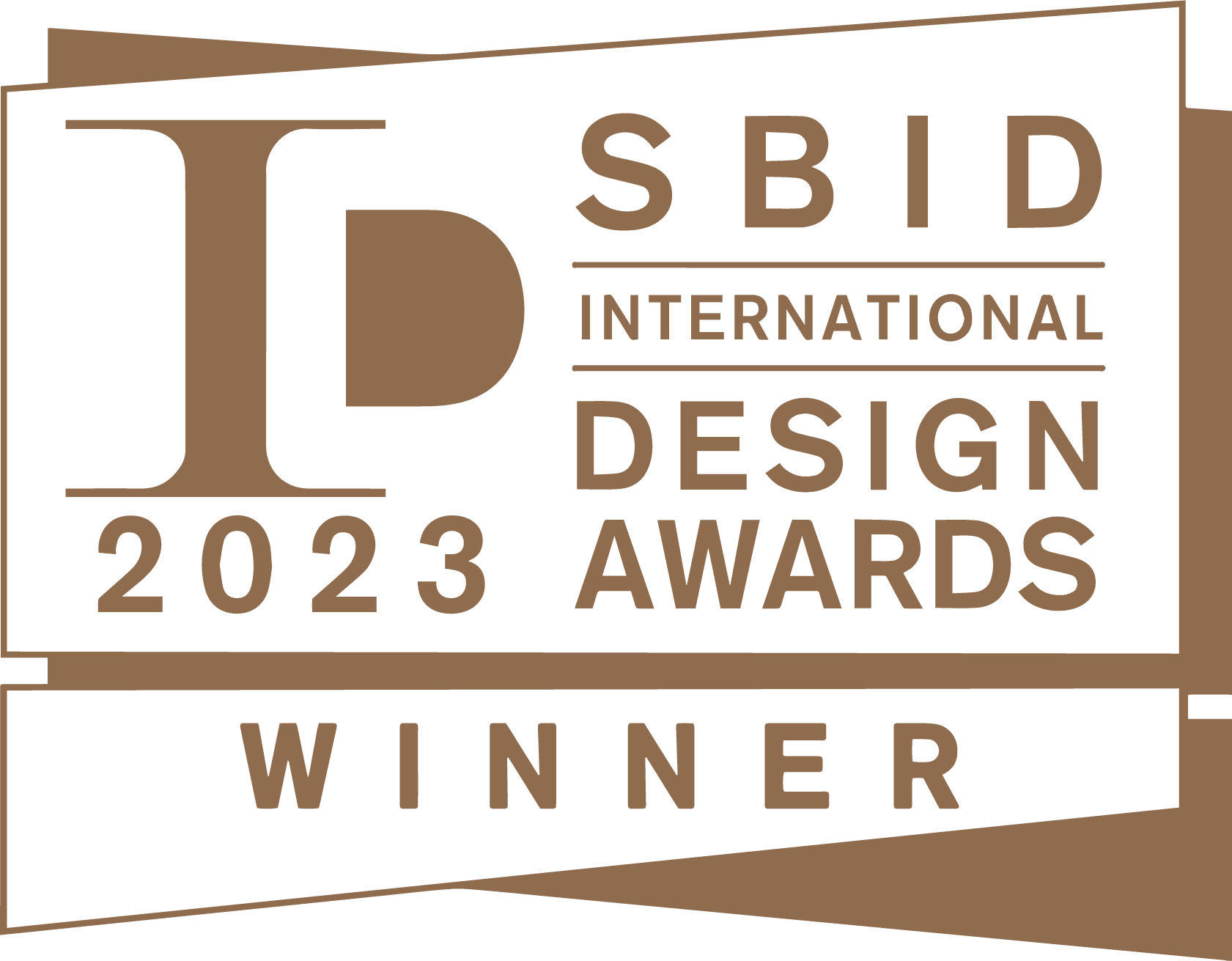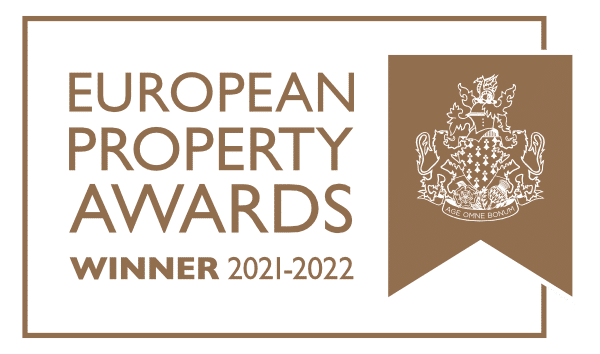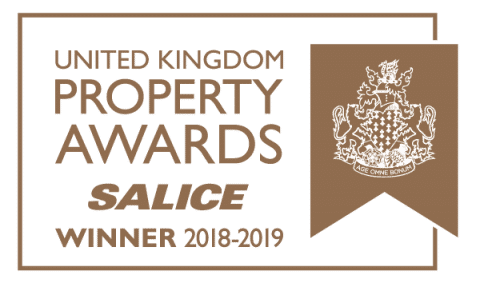You also teach regular classes from your London workshop – can you tell us a bit about what one can expect from a class or course at Freya’s Clay Club?
I teach with my father, who runs sessions during the daytime and I focus on beginners during the weekend and evenings, so you can expect to see us both around throughout the day. We have similar but very different working styles; we bounce off each other. During the daytime, there are artists/learners independently working on sculpture, hand-building or wheel-thrown techniques. People that are new on the wheel tend to need a lot more attention, which is why I hold beginners sessions on the weekend or private one-on-one sessions. They are fairly focused and intense, just like when you start anything new. It’s like learning to swim or play an instrument: when you find your own ‘aha’ moment and find your own balance point and your own connection to the material, it becomes smoother sailing from there.
The space is very relaxed and calm. We see the studio as our second home and we see everyone in it as a family, so it’s always good vibes. We make sure everyone is happy so that positivity and creativity can thrive. Most people attend once a week for 2 1/2 hours and many of our students have been with us for years. They start off not being able to centre a lump of clay all the way through to making vases, teapots, platters…you name it. We take things step-by-step as there is a lot to learn in the field of clay and it’s about creating that solid footing to begin with. When students have confidence in their skills they can do absolutely anything.
During the daytime, my father’s sessions are very relaxed and maybe slightly slower-paced, because people haven’t come straight from work, and often the sculpting and hand-building processes can take a little bit longer than using the wheel. The wheel is quite fast-paced in comparison: mistakes happen quickly and you create whole forms quite quickly if you know how to. But learning to work with clay is a bodily, feeling process, not just a mental one, and that’s why it’s so important to create a comfortable space and for the student to be patient with themselves.
Everybody who comes to the studio gets something slightly different out of clay and the classes. Some people are respected artists in their fields and they are selling and exhibiting their work internationally; others are just starting out and just want a little taste to see what it’s about, to learn something new; then you have people that really enjoy their hobby and are now semi-pro, venturing out there and turning it into a full-time career. It’s all love!



